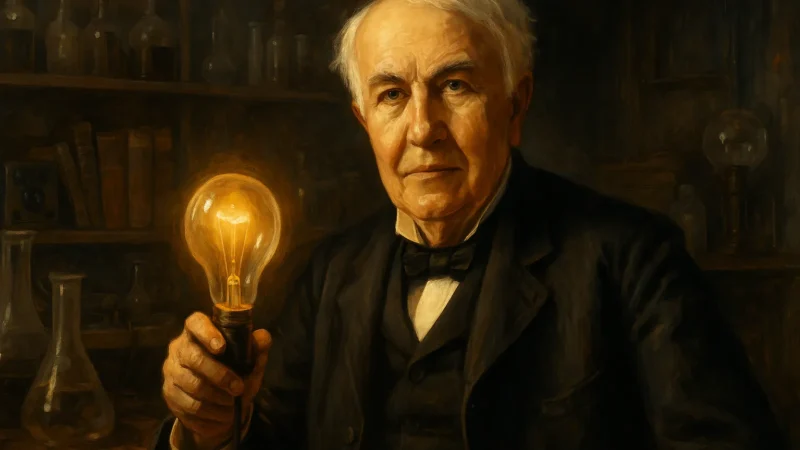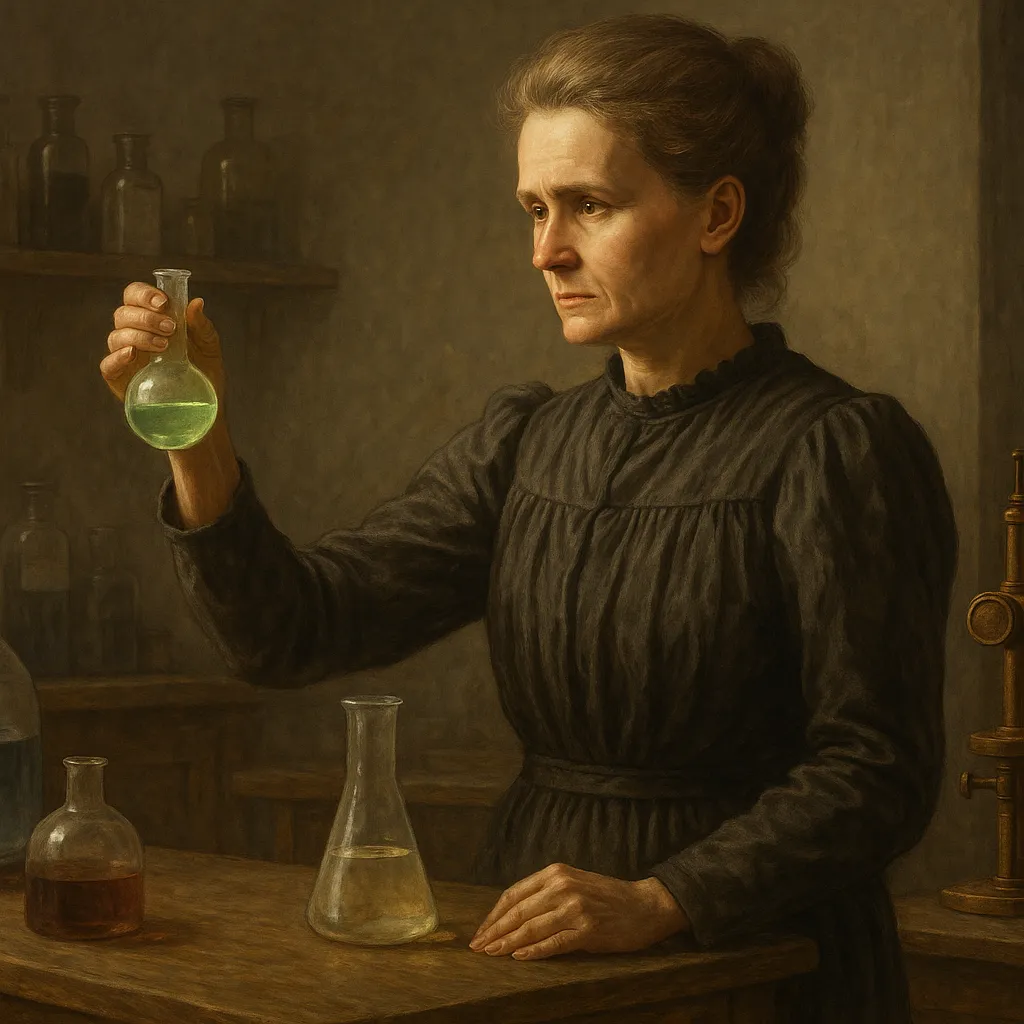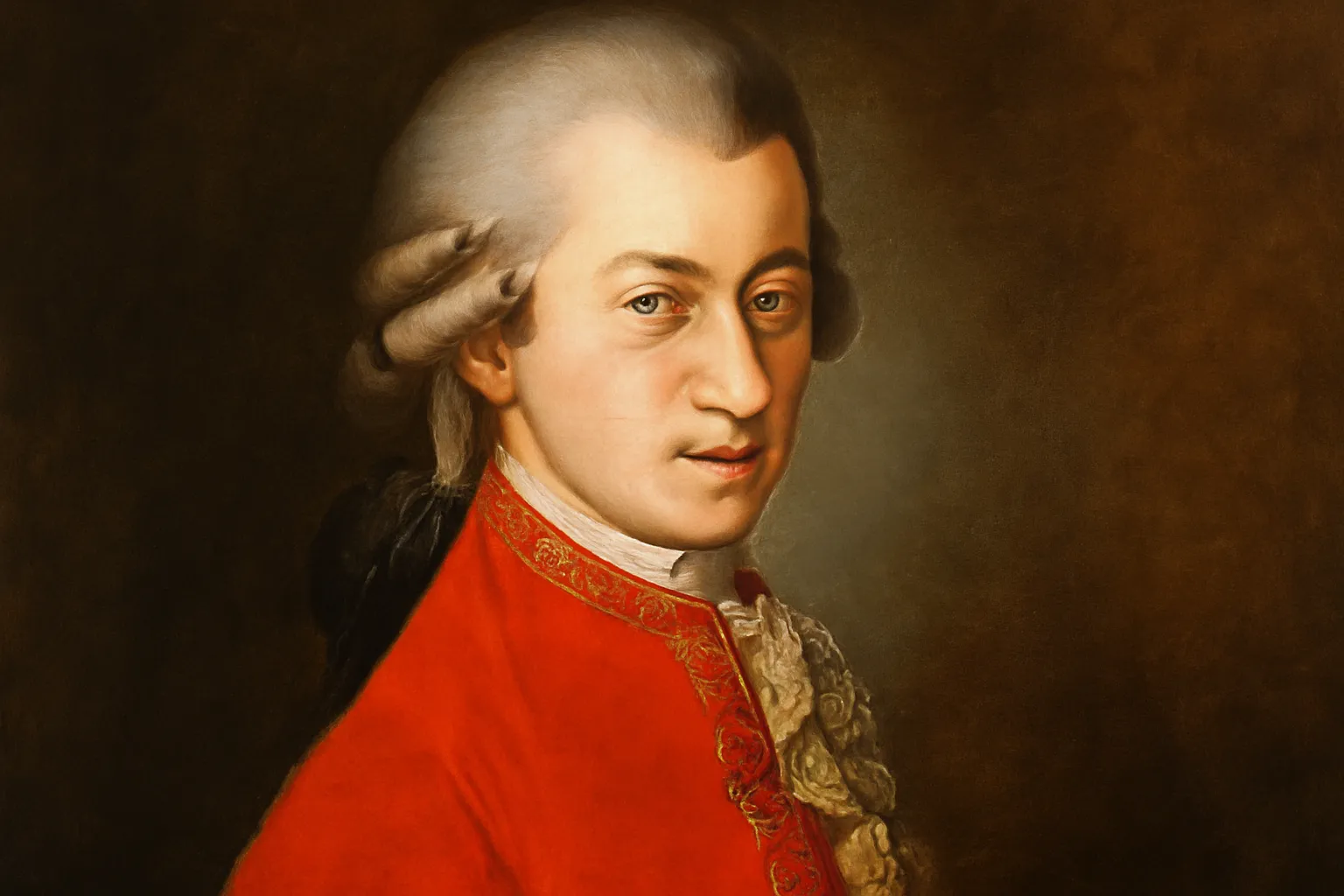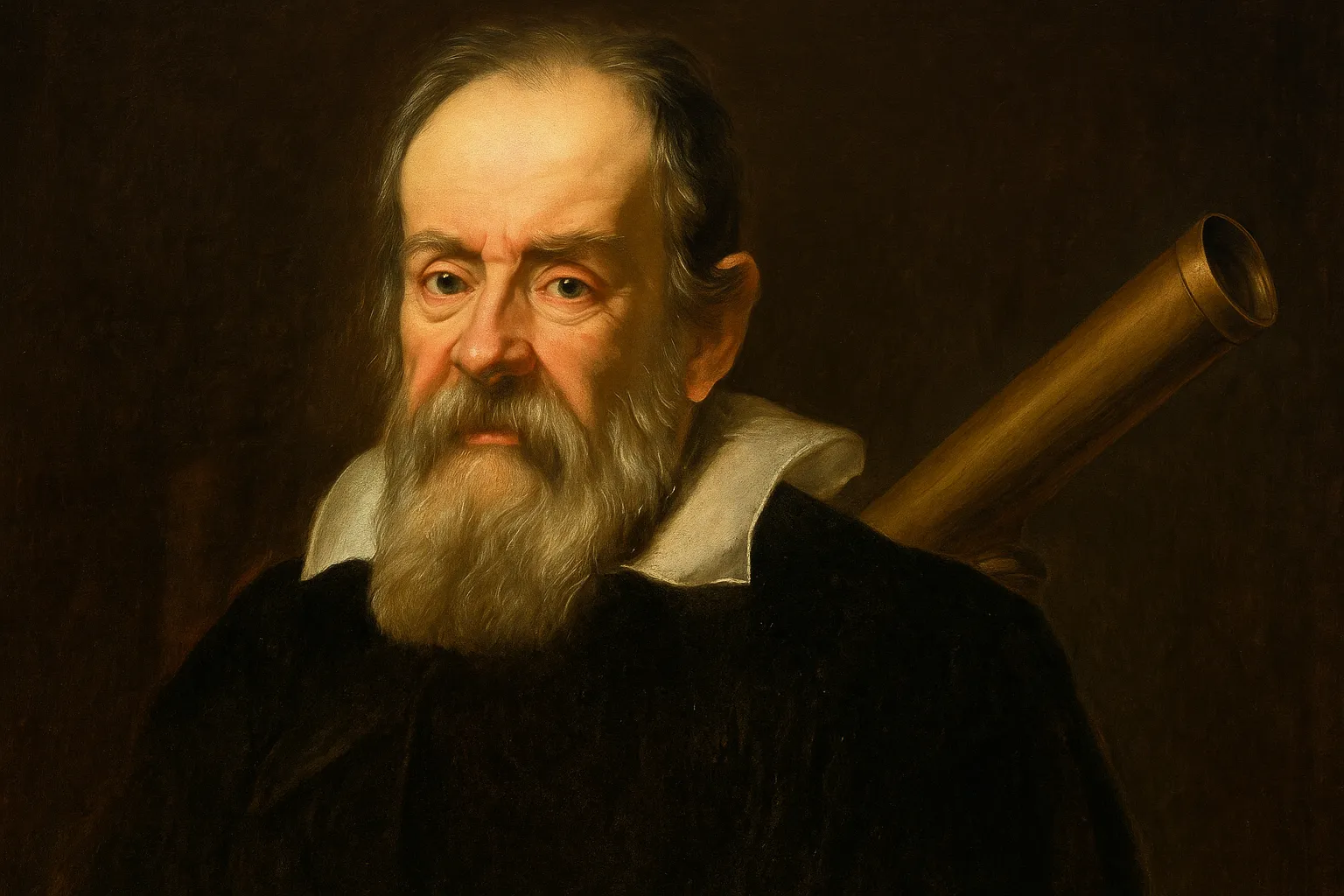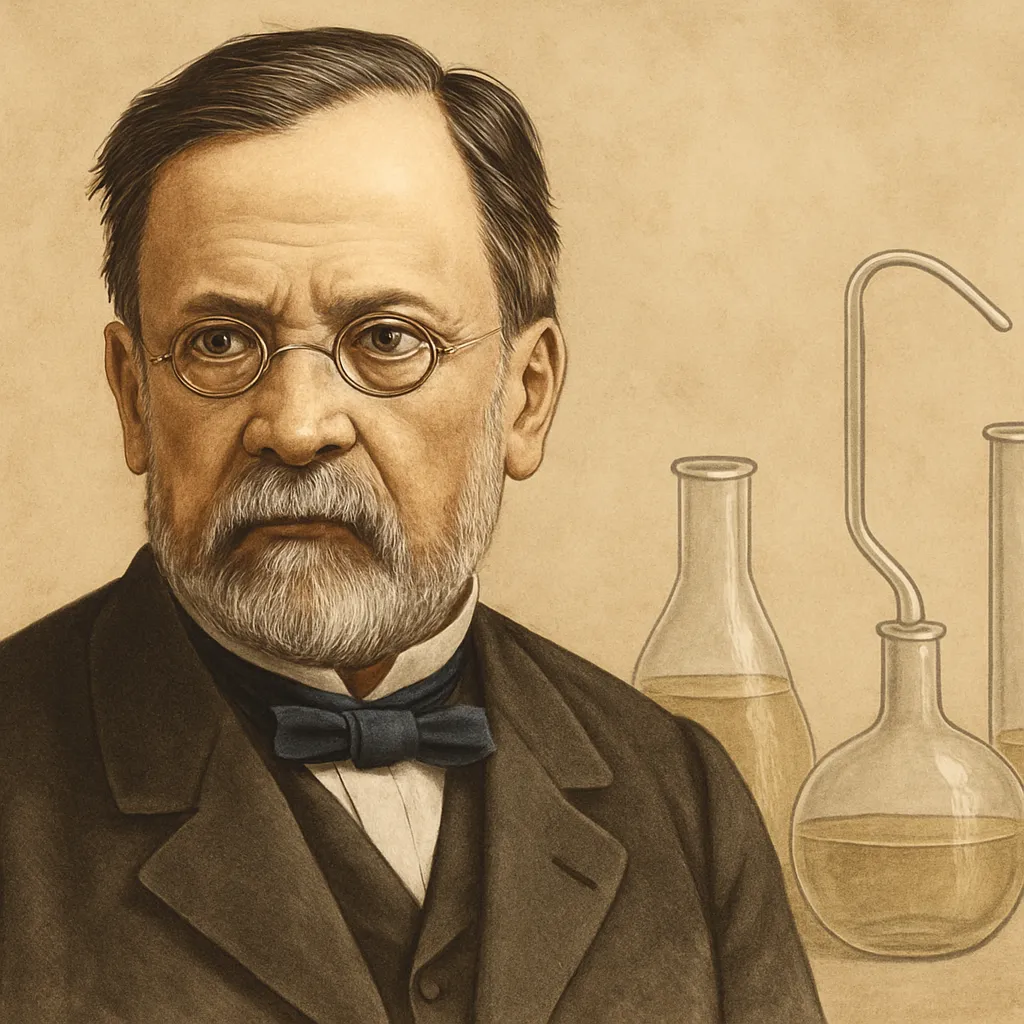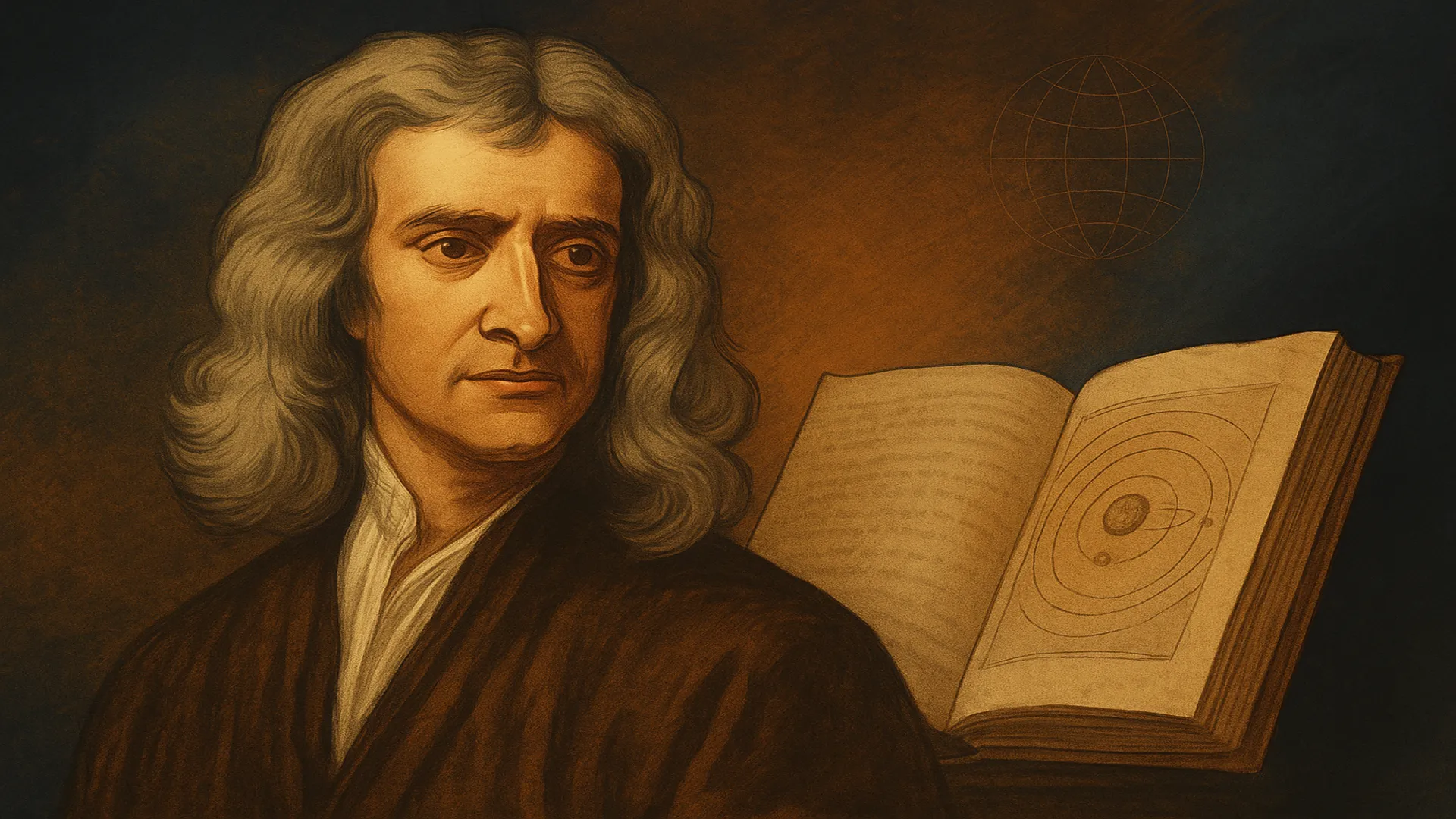Nikola Tesla The Genius Who Dreamed the Electric Future
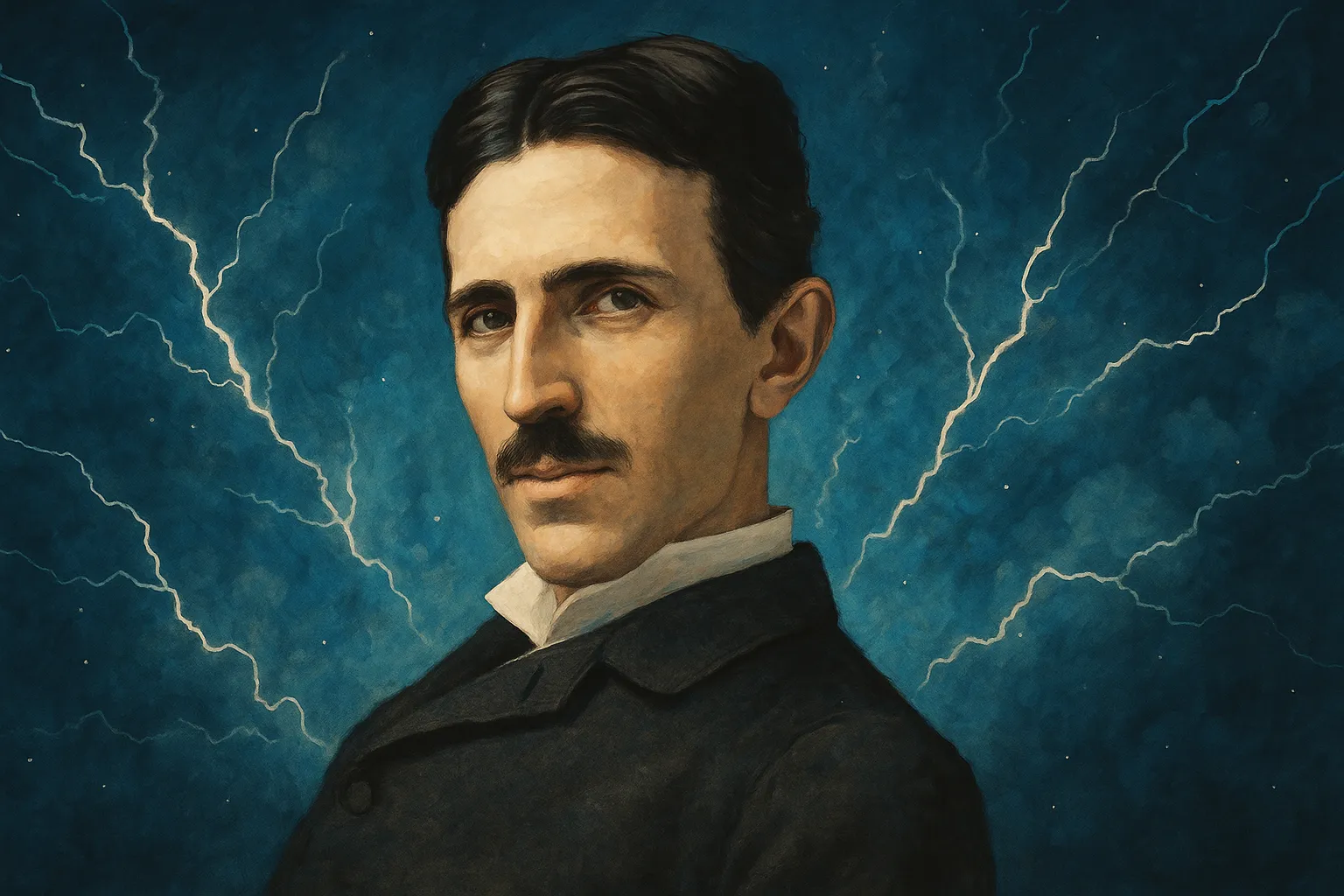
While the world still marveled at Edison’s incandescent light, one man envisioned illuminating the entire planet—wirelessly, without barriers or limits. That man was Nikola Tesla, one of the most visionary inventors in modern history. His ideas defied the logic of his era and opened paths to technologies we now take for granted.
Tesla wasn’t just a scientist—he was a dreamer. He lived on the edge of genius and madness, between lightning-filled laboratories and run-down hotel rooms, between public acclaim and total obscurity. His life tells the story of someone who lived for science but died in solitude.
A child with electric visions in the Balkans
Nikola Tesla was born on July 10, 1856, in Smiljan, a small village in the Austro-Hungarian Empire (now Croatia). He was the son of a Serbian Orthodox priest and a self-taught mother who built tools and home inventions. Though she had no formal education, she planted the seed of invention in Tesla’s mind.
From an early age, Tesla displayed vivid imagination and strange mental phenomena. He experienced visions, photographic memory, and an extraordinary capacity for visualizing machines entirely in his mind before building them. He devoured books, memorized entire volumes, and spoke several languages.
He was also hypersensitive, sickly, and obsessive—traits that would shape both his genius and his personal torment.
A brilliant mind that challenged Vienna and Prague
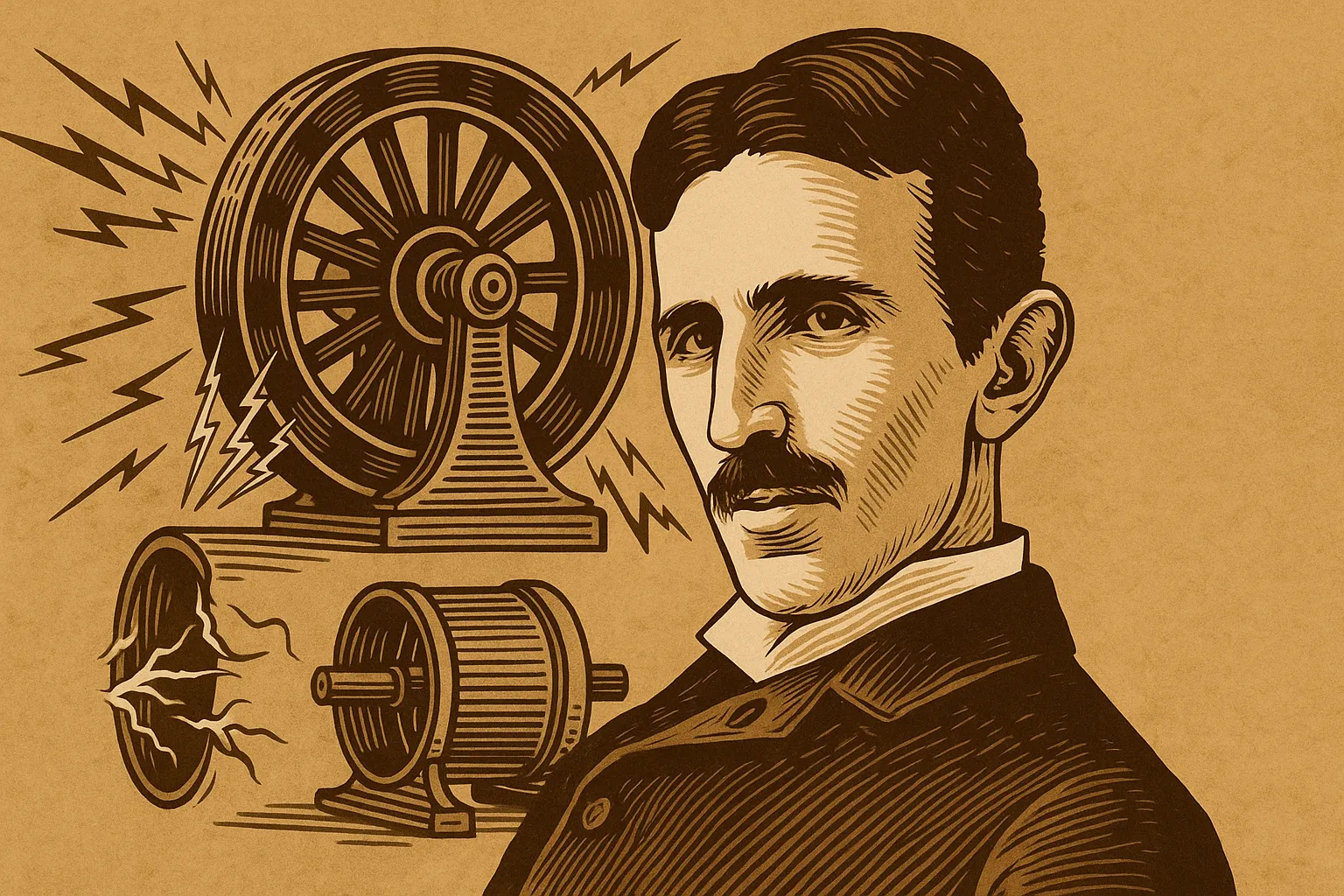
Tesla studied electrical engineering at the Austrian Polytechnic in Graz and later at Charles University in Prague, though he never formally graduated. During those years, he was already critical of Thomas Edison’s direct current (DC) system and envisioned a new way of transmitting electricity: alternating current (AC).
At the time, his ideas were considered impractical or even absurd. But Tesla remained undeterred. He worked for telephone and power companies, refined his mental models, and eventually moved to Paris to join Continental Edison Company, the European branch of Edison’s electrical empire.
That was the beginning of the journey that would take him to America—and to his destiny.
From Paris to New York in search of power
In 1884, at the age of 28, Tesla arrived in New York City with a letter of recommendation for Thomas Edison. The letter read, “I know two great men. You are one of them. The other is this young man.”
Edison hired him almost immediately. Tesla repaired machines, suggested improvements, and proposed his AC system. Edison, a firm believer in DC, dismissed the idea. Tensions escalated, and Tesla resigned—broke and disillusioned.
For a while, Tesla dug ditches to survive. But eventually, he caught the attention of industrialist George Westinghouse, who believed in Tesla’s vision. The young inventor had the right idea but needed powerful allies to face the most influential man in American electricity.
Tesla and Edison two visions that collided
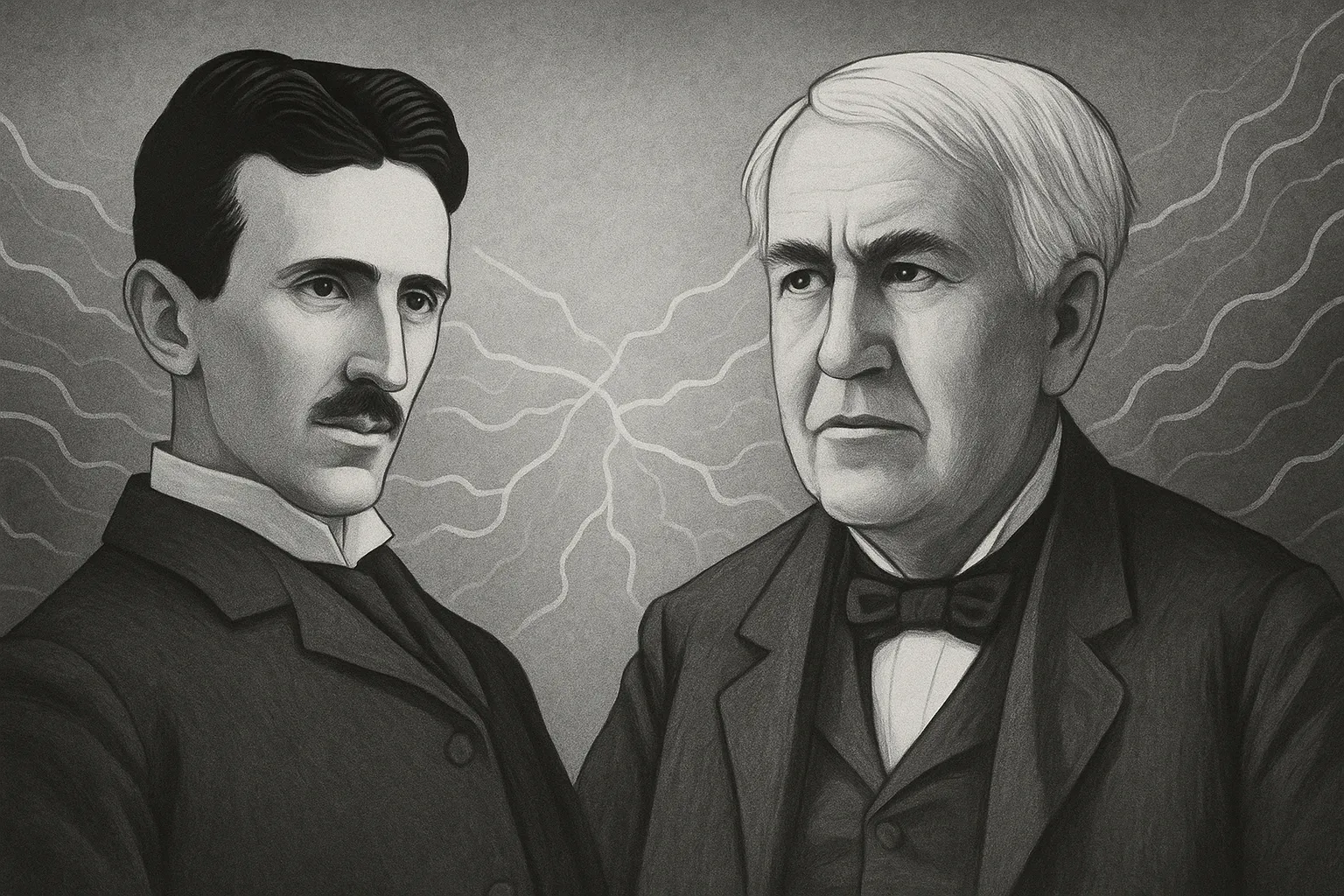
The rivalry between Edison and Tesla wasn’t just scientific—it was ideological. Edison embodied the practical, commercial side of invention; Tesla symbolized science driven by imagination and the desire to serve humanity.
The tension erupted into the War of the Currents. Edison launched a campaign to discredit AC, going so far as to publicly electrocute animals. Meanwhile, Tesla and Westinghouse demonstrated that AC was safer, cheaper, and more efficient for long-distance transmission.
In 1893, the Chicago World’s Fair was powered entirely by alternating current, and soon after, Tesla helped build the Niagara Falls hydroelectric power plant—a landmark of modern engineering. The world had embraced Tesla’s vision, though he barely recognized his victory.
Alternating current changed the world forever
The adoption of AC power transformed the globe. Thanks to Tesla, electricity could now travel long distances, reach rural areas, and power entire industries. It was a true energy revolution.
Tesla developed the induction motor, polyphase systems, and advanced transformers—technologies still in use today. His understanding of electromagnetic principles was so advanced that many of his theories remain relevant in modern physics.
But while others were celebrating the present, Tesla was already imagining the future: wireless energy, radio waves, automation, and artificial intelligence. He was decades ahead of his time.
Wardenclyffe Tower and the dream of free energy
Tesla’s most ambitious project was the Wardenclyffe Tower, built in Long Island in the early 1900s. His goal was to transmit wireless electricity across the globe—no wires, no poles, no limits.
Tesla dreamed of free, universal energy for humanity. But his idealism alarmed investors, especially J.P. Morgan, who pulled funding after learning Tesla didn’t plan to charge for his electricity. With no money left, the tower was abandoned and eventually dismantled.
That failure marked a turning point. Tesla became increasingly reclusive. The media mocked him. His ideas were dismissed as delusions, and his behavior became more erratic.
Forgotten inventions and a fleeting moment of glory
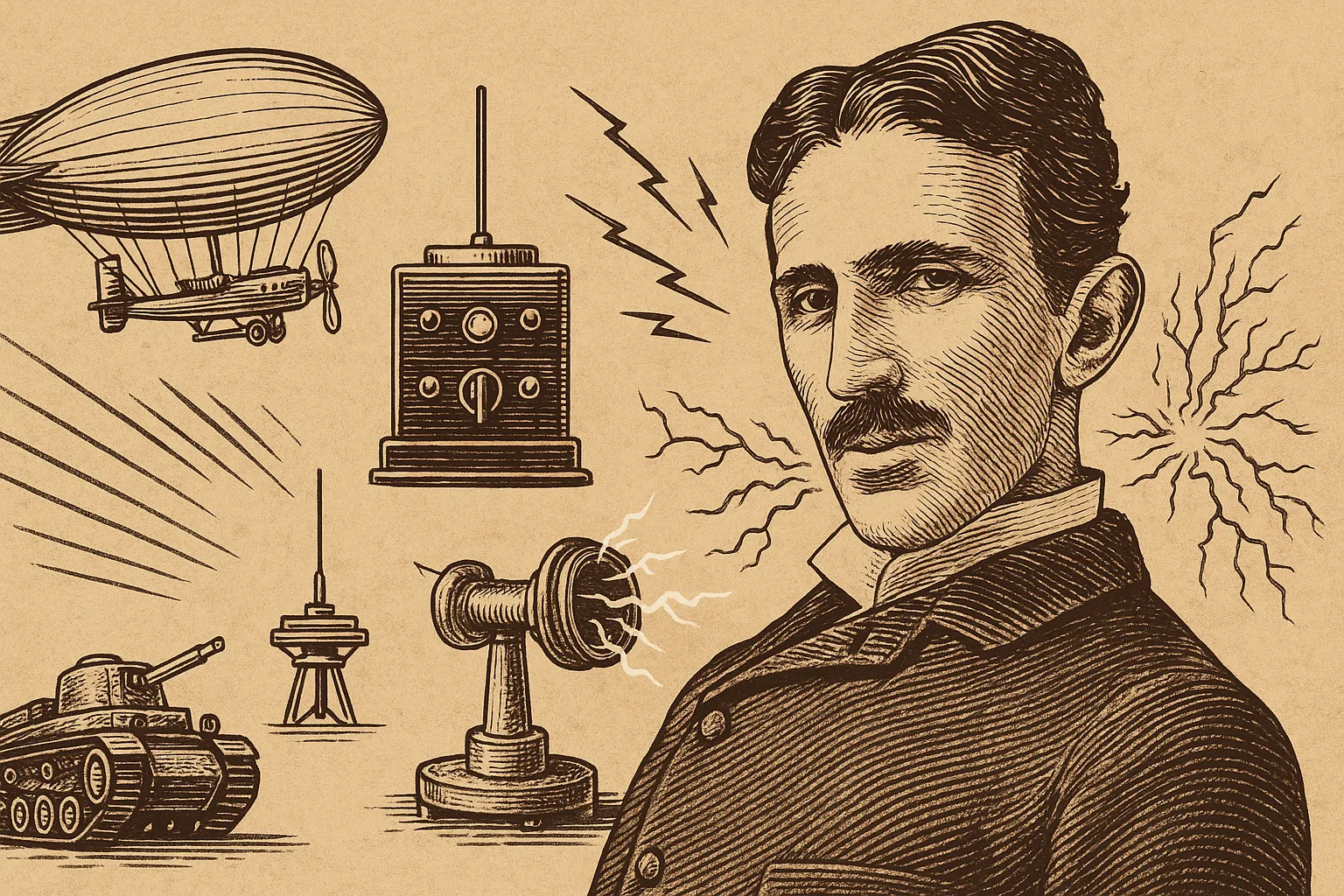
Despite setbacks, Tesla kept inventing: shortwave radio, remote control, induction lamps, X-ray imaging, and resonant energy systems. He even envisioned early concepts of VTOL aircraft, drones, and radar long before they existed.
However, Guglielmo Marconi was credited with inventing radio—even though he used 17 of Tesla’s patents. Decades later, the U.S. Supreme Court finally recognized Tesla’s contributions. But by then, he had already faded from public view.
Tesla did receive awards and honors late in life, including lectures and medals. But these accolades could not restore the grand vision he had once pursued.
Isolation and the final years of a forgotten genius
In his final years, Tesla lived alone in cheap New York hotels. He fed pigeons, talked to them, and refused most social contact. He developed fixations with numbers—especially three—and suffered from hallucinations and nervous breakdowns.
He died alone on January 7, 1943, in room 3327 of the New Yorker Hotel. His body was found days later. He had no wealth, no surviving family, and no lasting recognition in his time.
The U.S. government confiscated his papers and research, fueling conspiracy theories about secret weapons and classified technologies.
The rebirth of the Tesla myth
Years after his death, Nikola Tesla was rediscovered. Engineers, scientists, and historians began to appreciate the scope of his contributions. In the 21st century, Tesla became a cultural icon—a symbol of pure invention and misunderstood genius.
Today, his name graces one of the world’s most influential tech companies, Tesla, Inc., founded by Elon Musk and grounded in the same principles of electrical innovation that Nikola envisioned more than 100 years ago.
He has inspired documentaries, books, films, and fan theories. Yet beyond the myth, his scientific legacy remains his greatest contribution. Tesla wasn’t a saint or a martyr—he was a man with bold ideas we’re still trying to catch up with.
A final reflection that bridges past and future
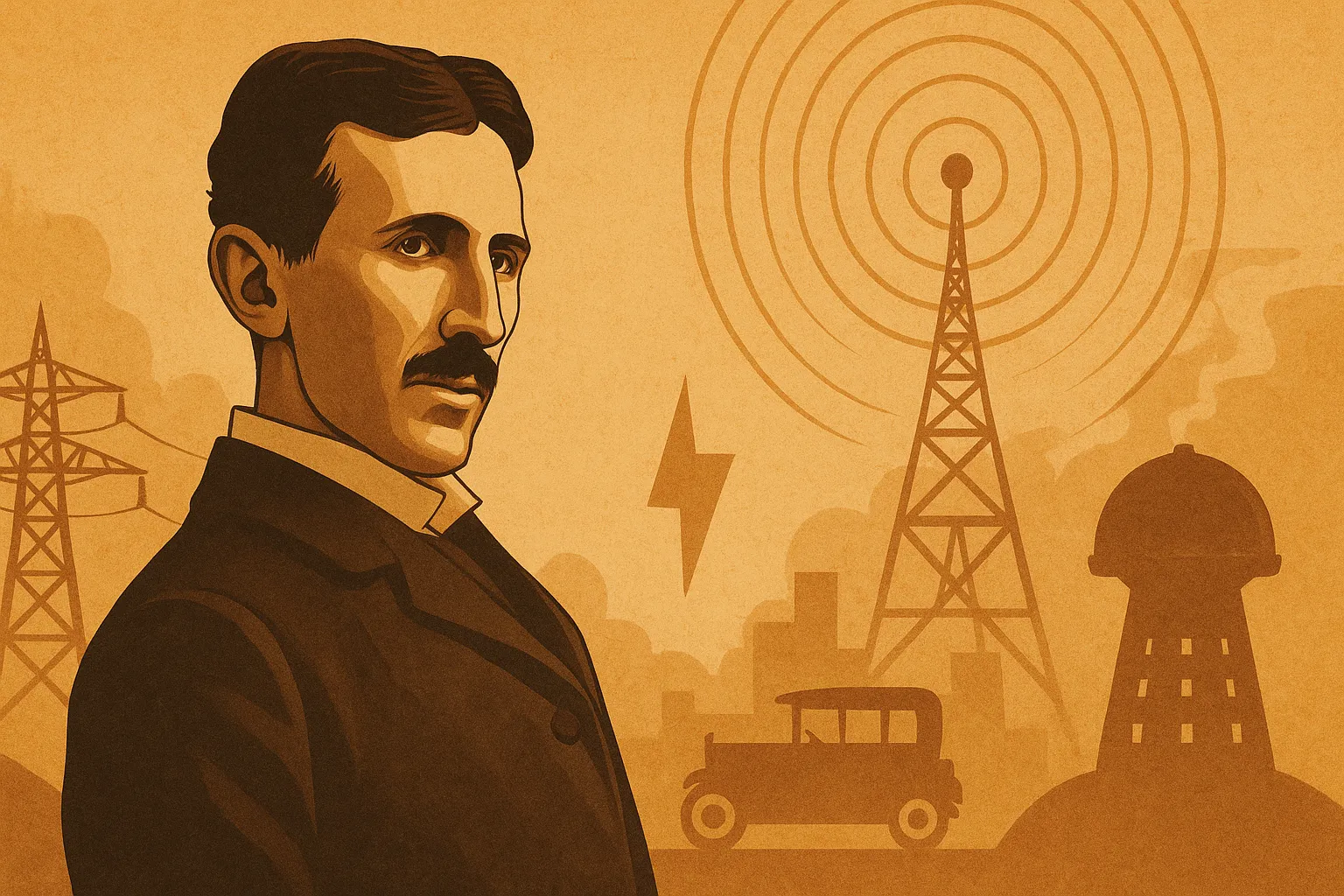
Nikola Tesla not only helped build the modern world—he imagined the one we still seek to create. His vision of free energy, wireless communication, and intelligent machines was not science fiction—it was science driven by heart.
He reminds us that technology should serve humanity, not profit. That imagination is the true engine of innovation. That even if the world doesn’t understand you, the future just might.

